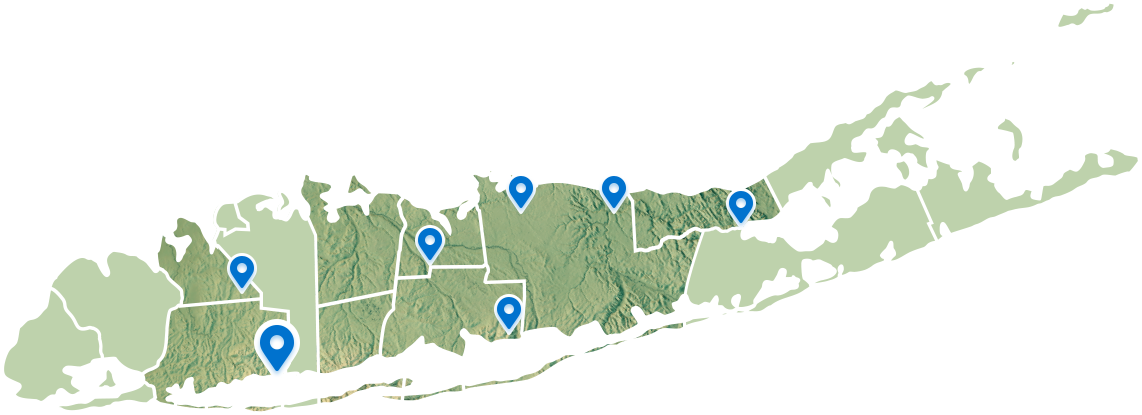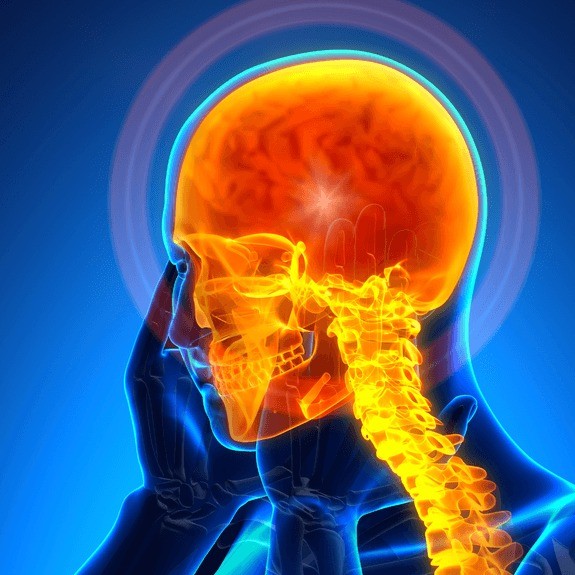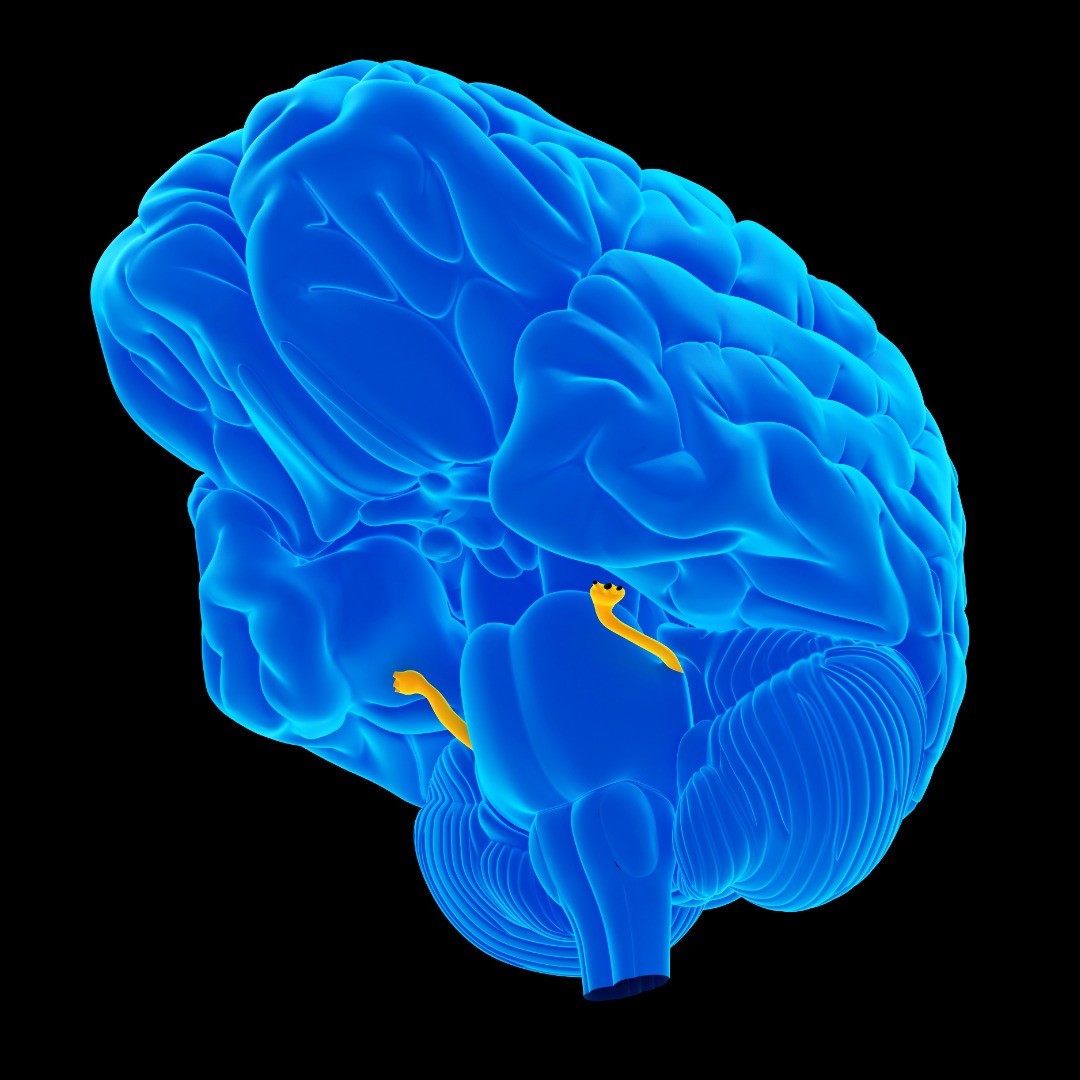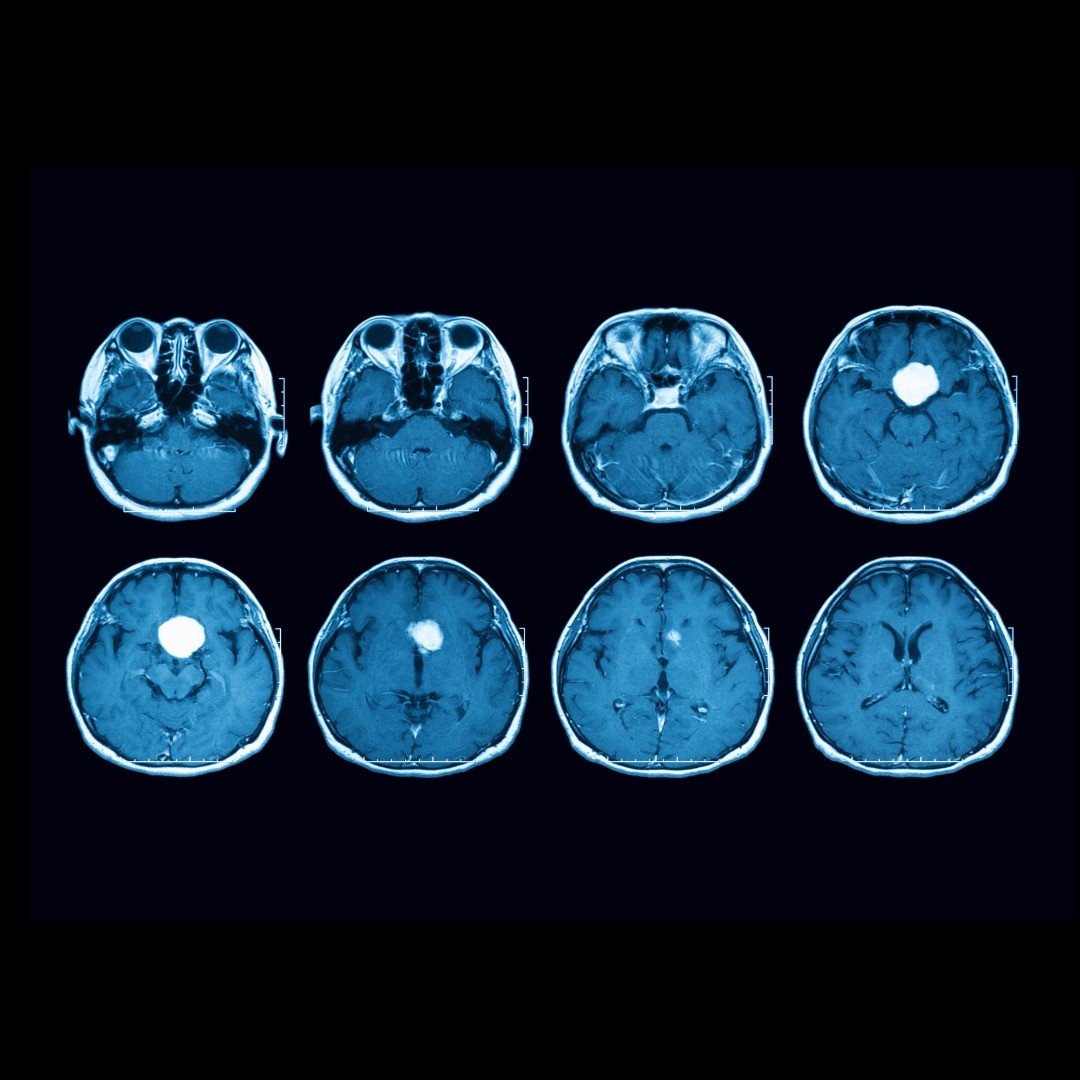- PATIENT FORMS | REQUEST A CONSULTATION | CONTACT US
- 1-844-NSPC-DOC
Microvascular Decompression for Trigeminal Neuralgia
What Is Microvascular Decompression?
Microvascular decompression is brain surgery to remove pressure (decompression) caused by a very small blood vessel (microvascular) on a cranial nerve, usually the trigeminal nerve.
What Conditions Does Microvascular Decompression Treat?
Microvascular Decompression is used to treat refractory (difficult to treat or unmanageable) facial pain or facial spasms caused by a compressed nerve:
- Trigeminal Neuralgia — a condition with sharp, intermittent bursts of severe face pain (neuralgia), typically on only one side of the head. It is most often caused by an artery or vein that is impinging on the fifth cranial nerve called the trigeminal nerve.
- Hemifacial Spasms — muscle contractions and twitching on half the face may be caused by pressure on the seventh cranial nerve.
- Glossopharyngeal Neuralgia — a painful nerve condition causing shooting pains to originate from the back of the throat and mouth and travel toward the ear. Pressure on the glossopharyngeal nerve (ninth cranial nerve) is the cause.
Microvascular Decompression Treatments for Trigeminal Neuralgia at NSPC
NSPC Brain & Spine Surgery (NSPC) (NSPC) combines world-class care with specialized training in brain and spine conditions. Our physicians are leaders in the New York region’s medical community, with appointments as chiefs of neurosurgery in some of Long Island’s best hospitals.
Candidates for microvascular decompression surgery tend to be younger patients (under age 65) with glossopharyngeal neuralgia, hemifacial spasms or trigeminal neuralgia not caused by multiple sclerosis. Microvascular decompression may be an option if medications and other conservative care treatments have failed to provide relief.
Microvascular Decompression Procedure
Your doctor will discuss the preparatory steps and details of your specific surgery prior to your surgery. But here are some general overall steps:
- Day of Surgery Prep — The patient is put to sleep using general anesthesia. A portion of the scalp is shaved where the incision will be made.
- Creating a Window — The neurosurgeon makes a small incision behind the ear corresponding to the side where the nerve is compressed. A small opening in the skull (a craniotomy) is made and the dura (membrane covering the brain) is opened to make a window to view the brain.
- Accessing the Nerve — With microsurgical instruments, the surgeon delicately moves the cerebellum, allowing the surgeon to view the offending blood vessel and nerve.
- Decompressing the Nerve — A tiny cushion is inserted between the nerve and the artery or vein, taking pressure off the nerve.
- Closing Up — Once the pad is in place, the dura is closed up, the bone is patched and the scalp is sutured up.
- After Care — The patient is carefully monitored. A hospital stay of several days can be expected.
A microvascular decompression surgery usually provides immediate relief of the facial pain or facial twitches.
NSPC’s expert neurosurgeons perform the latest minimally invasive and open procedures to treat brain and spine conditions. The specialists at our premier medical centers can help you find the best care option for your facial pain or hemifacial spasms.
Connect With Our 7 Convenient Locations
across Long Island, NY
Our expert physicians, surgeons and doctors are ready to serve you at our 7 convenient locations across Long Island, NY. Connect today to learn how our award winning, world class experts can help.
4250 Hempstead Turnpike Suite 4,
Bethpage, NY 11714
(516) 605-2720
COMMACK
353 Veterans Memorial Hwy,
Commack, NY 11725
(631) 864-3900
One Hollow Lane, Suite 212
Lake Success, NY 11042
(516) 442-2250
MANHATTAN
215 E. 77th Street Ground Floor
New York, NY 10075
(646) 809-4719
EAST SETAUKET
226 North Belle Mead Road, Suite C
East Setauket, NY 11733
(631) 828-3001
100 Merrick Road, Suite 128W
Rockville Centre, NY 11570
(516) 255-9031
WEST ISLIP
500 Montauk Hwy
West Islip, NY 11795
(631) 983-8400
World
Class
Expertise
For over 50 years & 350,000 patients NSPC has been a trusted global medical leader.
Contact us today for an appointment or consultation.




